flaps and grafts - skinner
1/38
There's no tags or description
Looks like no tags are added yet.
Name | Mastery | Learn | Test | Matching | Spaced |
|---|
No study sessions yet.
39 Terms
what are flaps used for?
to fill large defects
what are the options for flaps?
skin
mucosa
muscle
composite
when creating a flap, what will you inevitably do?
cut off some blood supply to the flap, making the tip slightly ischemic
what occurs at the base of the flap to blood vessels?
those vessels in line with the flap will become engorged to supply the area
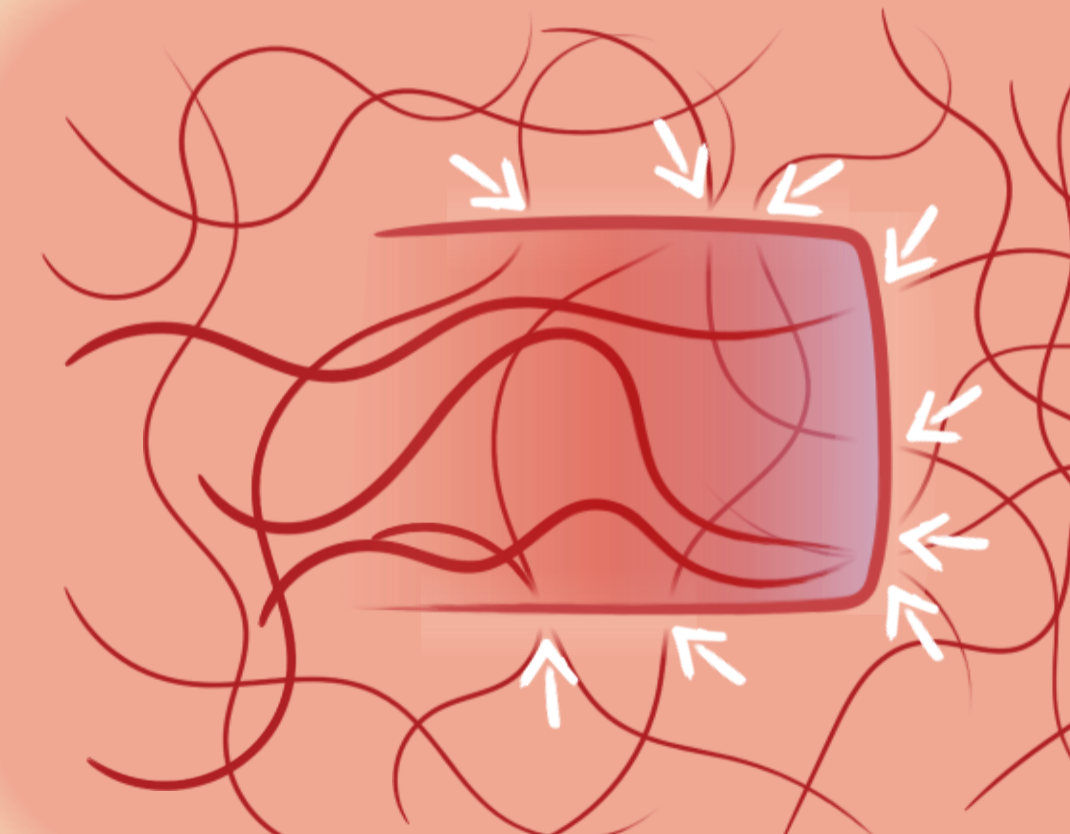
what are the dimensional limitations of creating a skin flap?
the length should not be 2x greater than the width
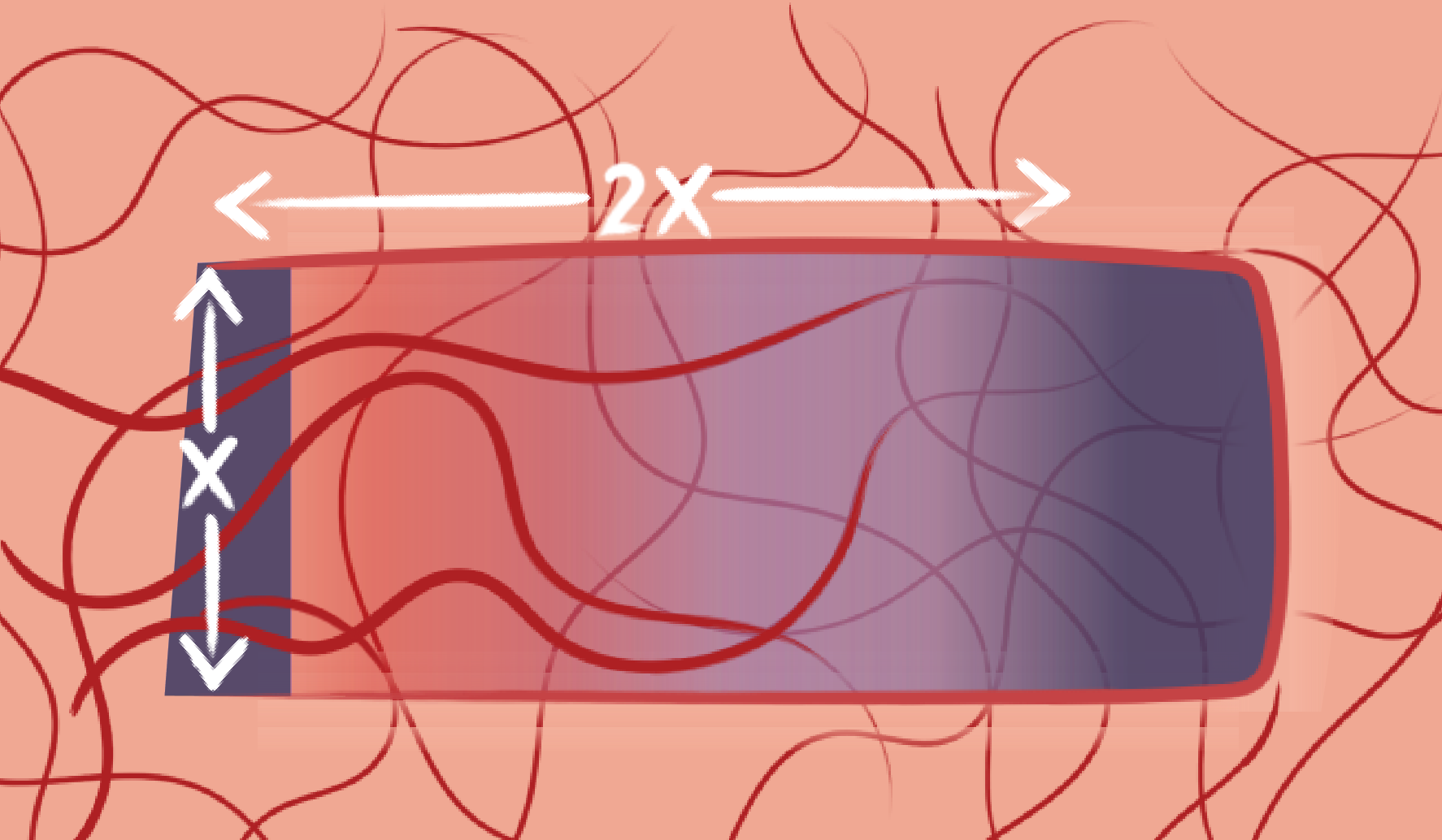
how can you make a flap longer than 2x the width?
by making a delayed flap that is where you cut the lengths (2 parallel incisions) you want but wait to cut the width part
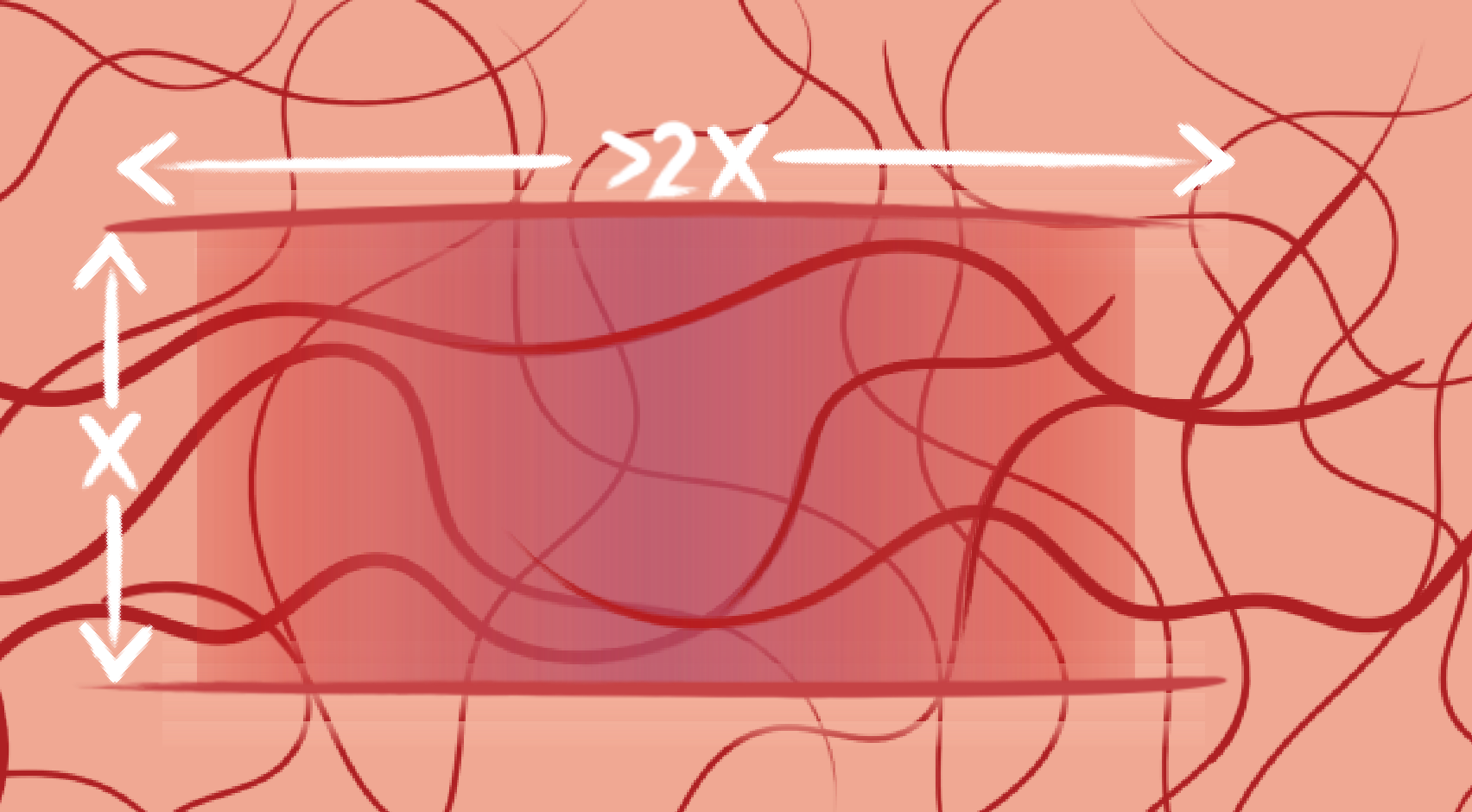
what is an axial pattern skin graph?
a flap in line with robust blood supply that can help to create a large flap with better chances of success
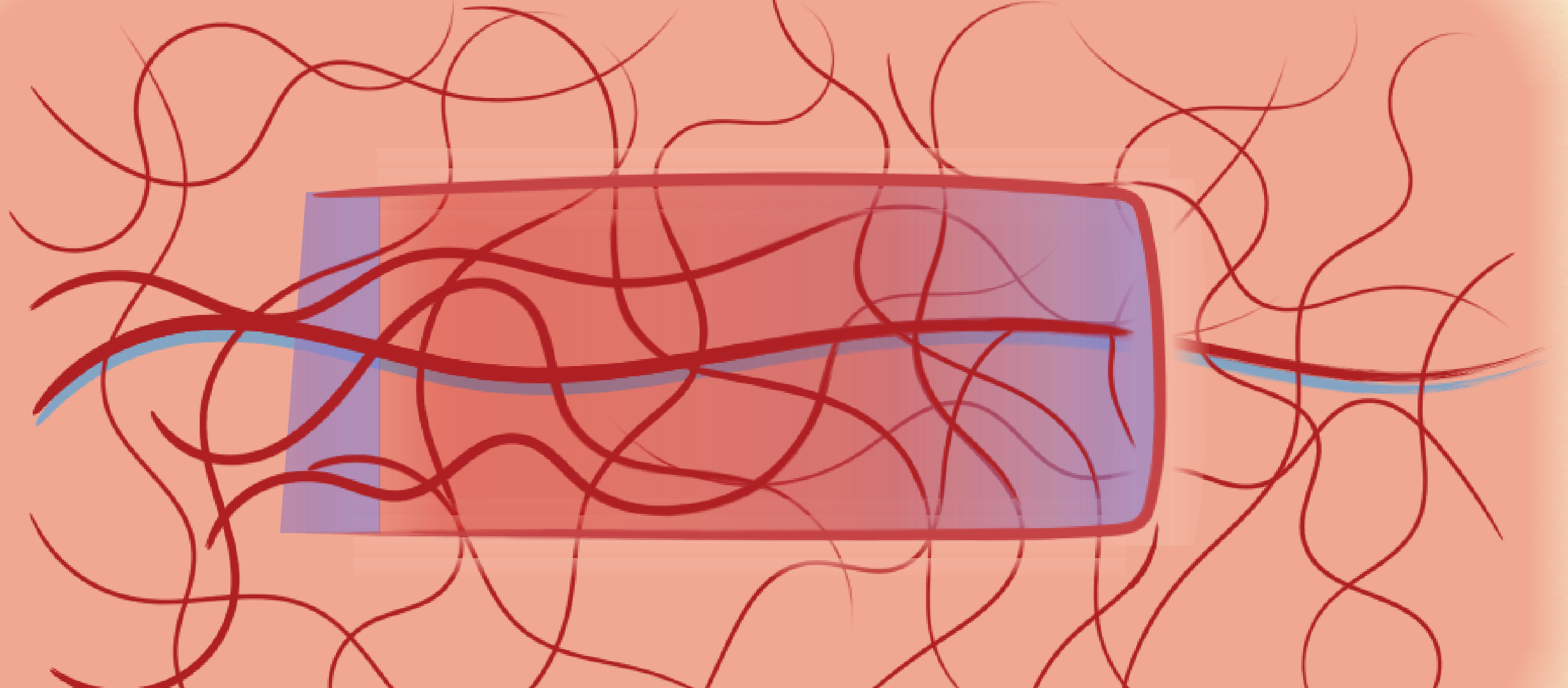
advancement flap
skin right next to defect is lifted and pulled over into defect
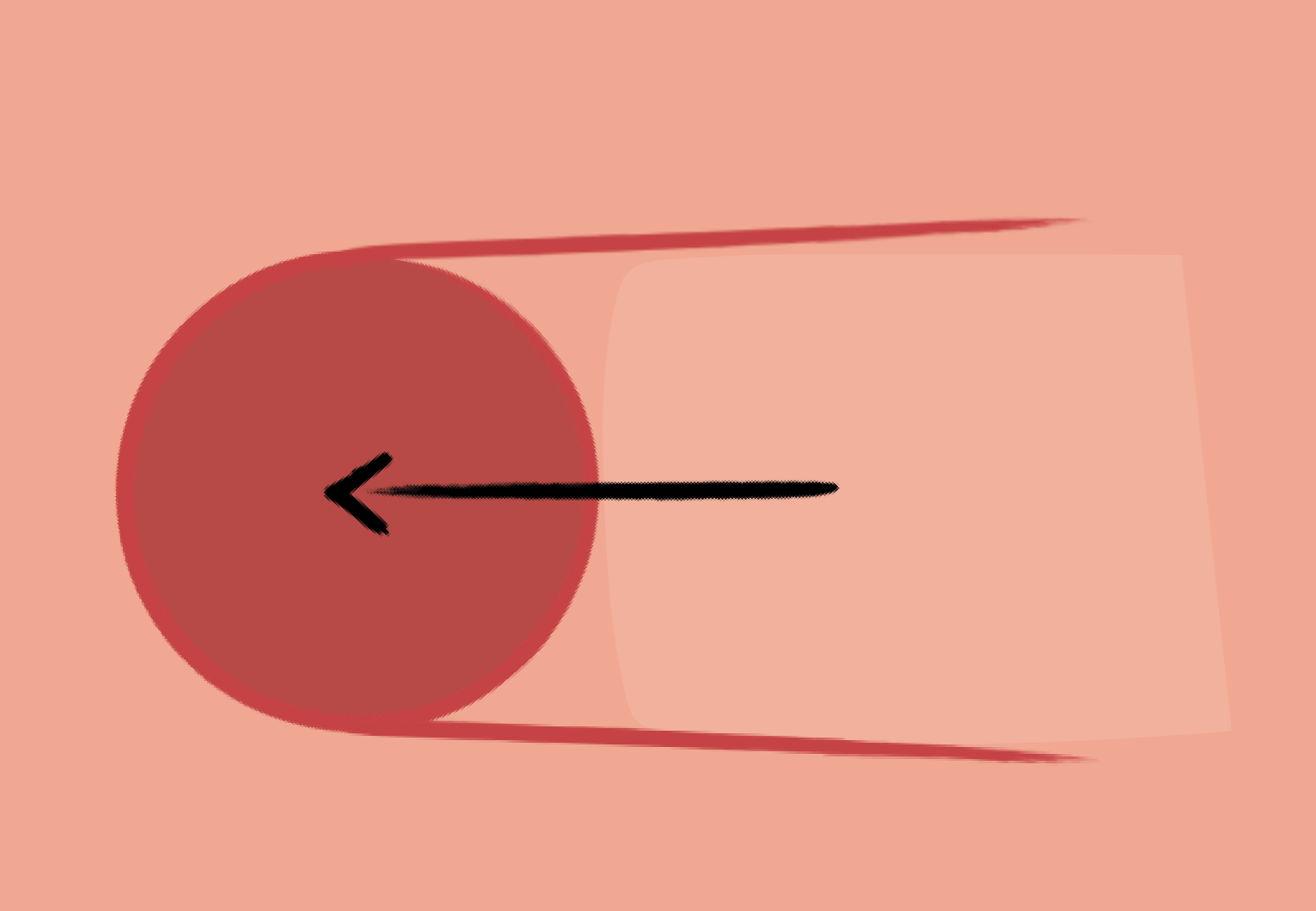
H-plasty flap
taking flaps from both sides of a wound and advancing them into wound to join up
appears as a “H” in the end

rotational flap
cutting a curved flap that is rotated into wound. Is helpful for smaller areas and can look better for cosmetic outcomes

transposition skin
a perpendicular flap that is pivoted over into the defect, the pivot point anchors it that can limit how much the flap can move
better for getting more skin compare to rotational
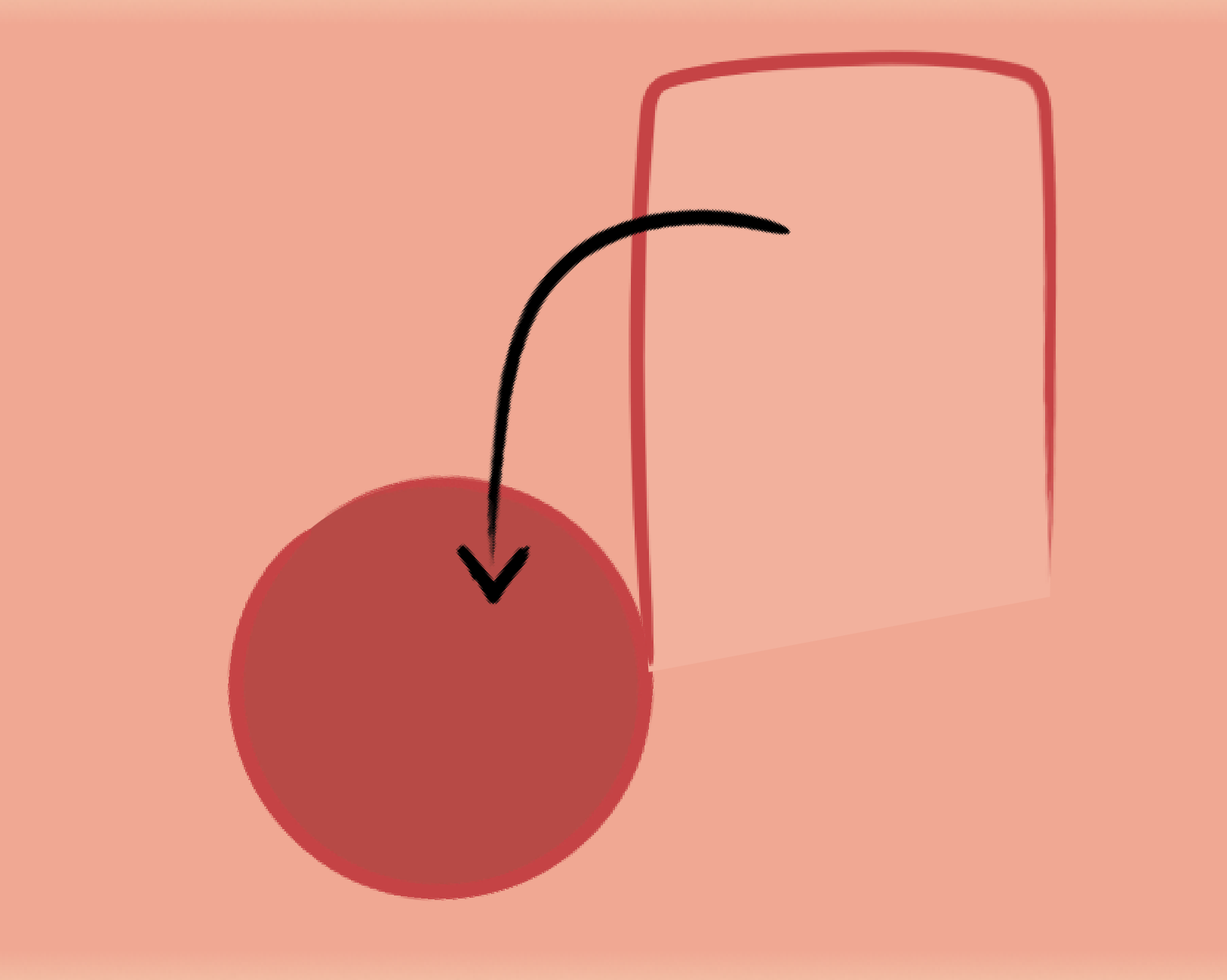
flank fold
using the excess skin at the flank and swinging up
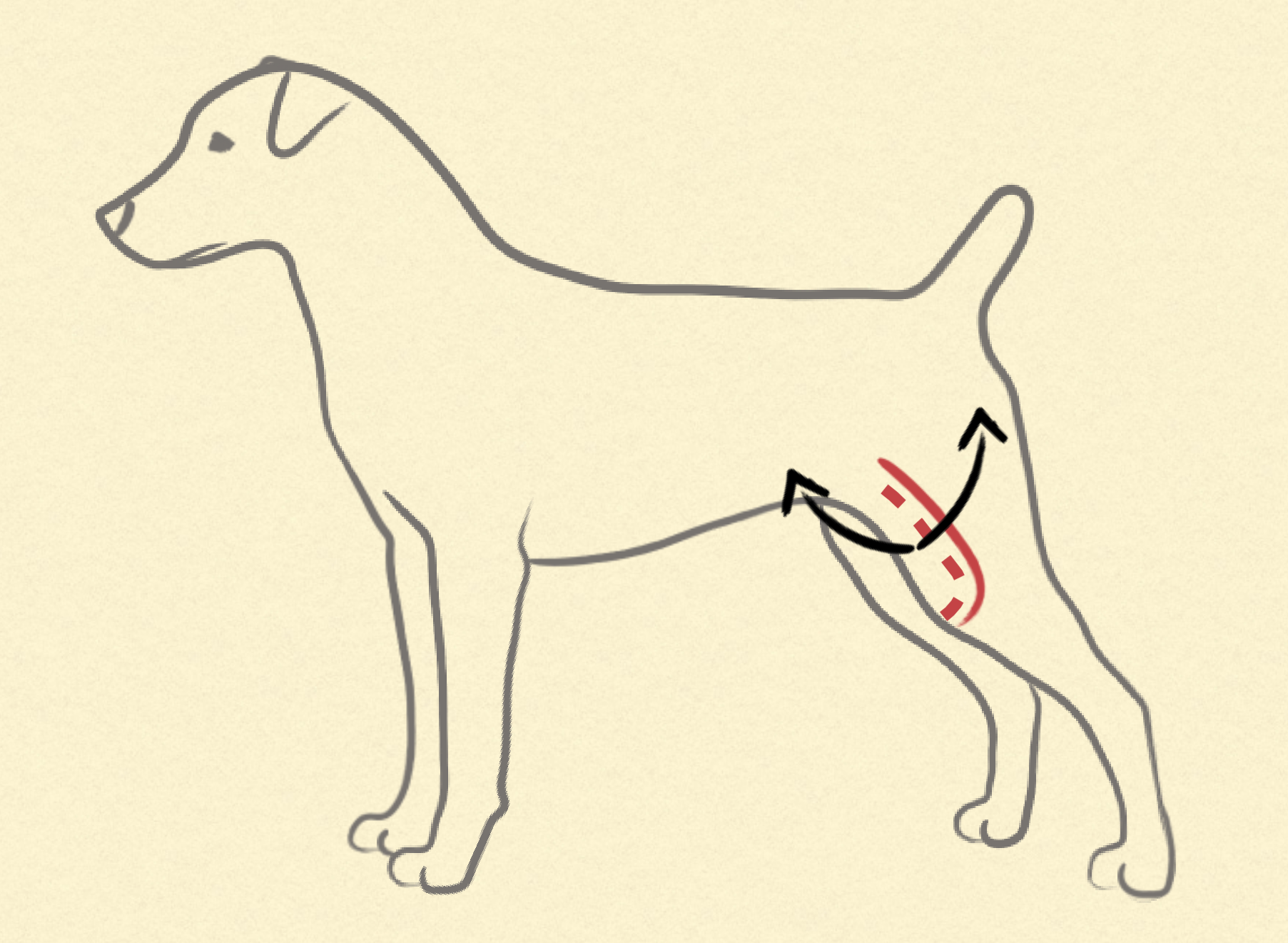
what are the axial pattern flap locations?
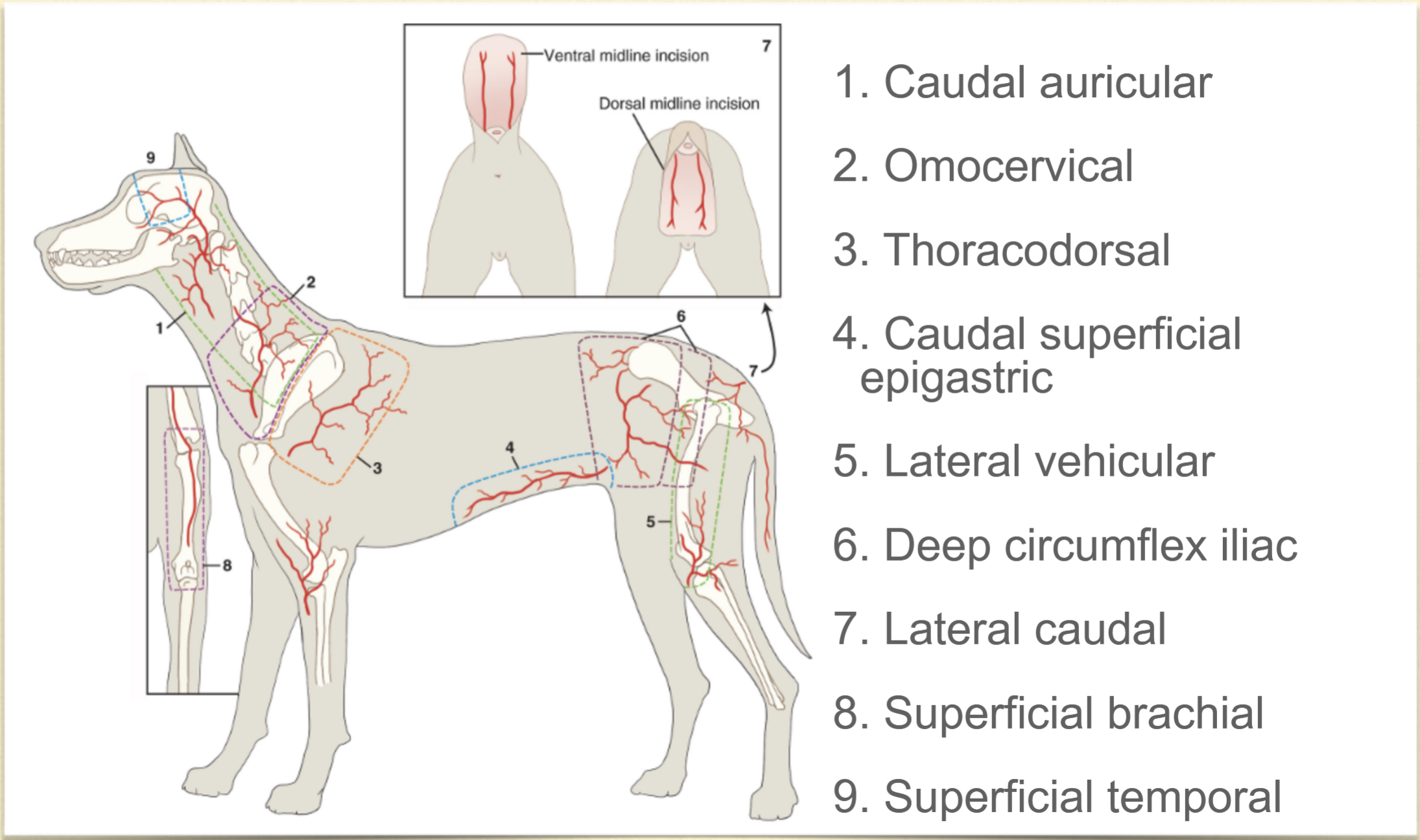
what are the adverse reactions seen with flaps?
necrosis
dehiscence
infection
swelling
seroma
do complication occur more with cats or dogs with skin flaps?
dogs
how would it appear for a muscle flap to fill in a thorax body wall defect?
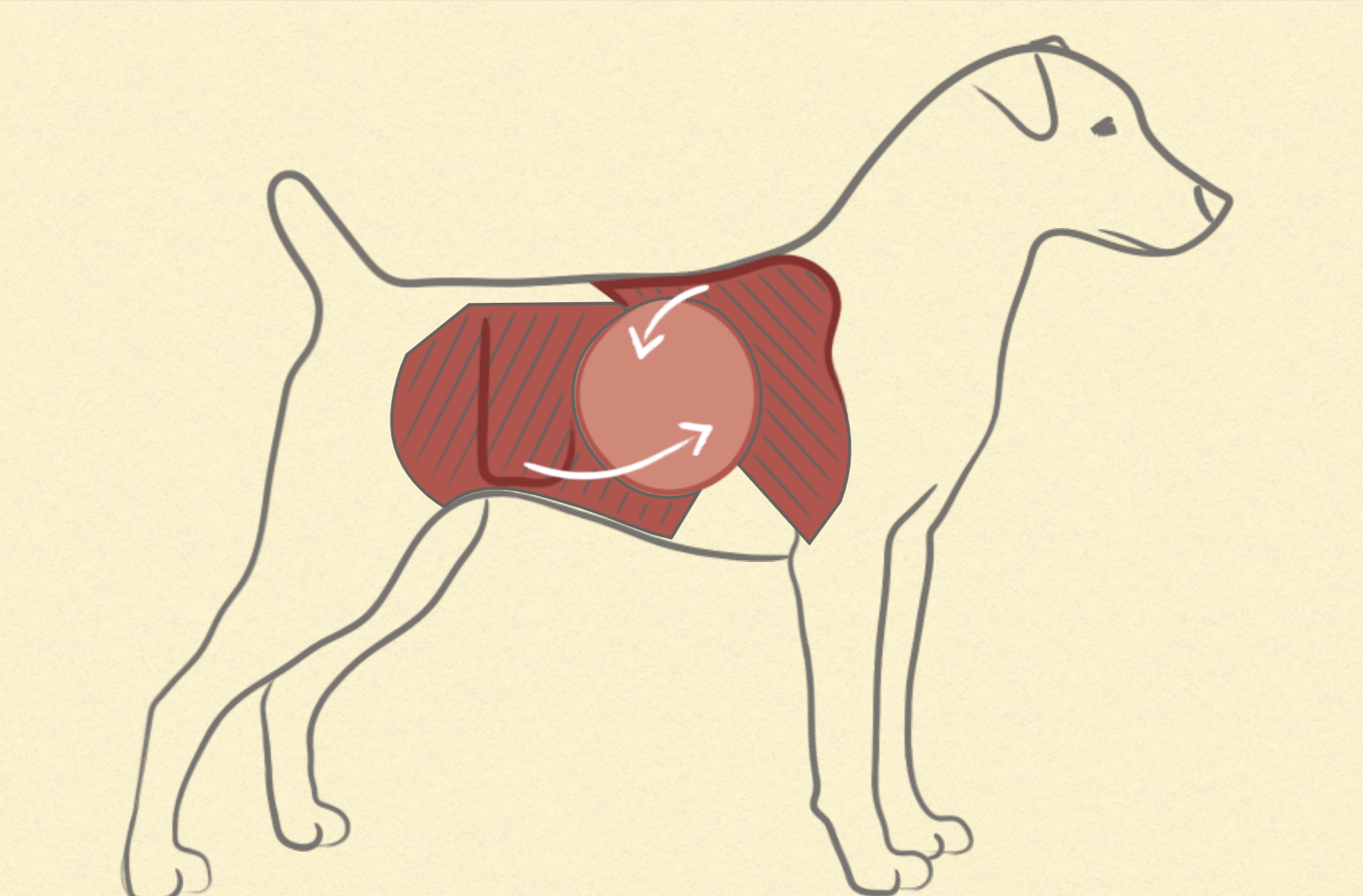
buccal transposition flap
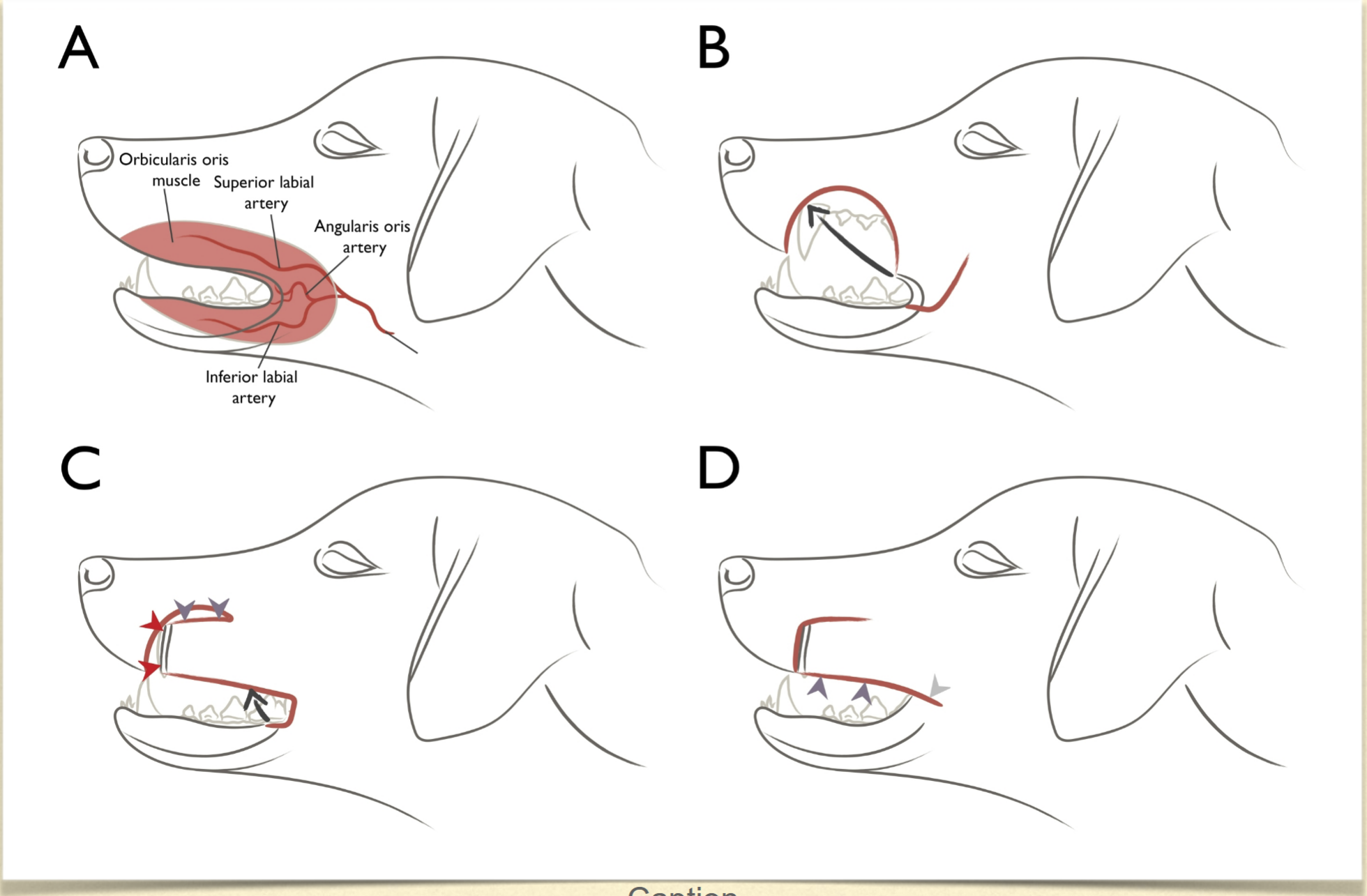
what are skin grafts?
no blood supply
reliant on new vessels
skin only with no SQ tissue at all
what are the types of grafts based on?
how thick the skin is that is used for graft
what are the 2 versions of grafts?
split thickness → one or multiple layers of skin
full thickness → contains all layers of skin
what tissue is best to put a graft on?
muscle or granulation tissue
plasmatic imbibiton
graft drinks up wound fluid → may turn red or purple
fibrinous adherence
start of graft sticking to underlying tissue
inosculation
vessels within the graft align with vessels of underlying tissue and they merge
vascular ingrowth
occurs from all directions into the graft
fibrous adherence
macrophages recruit fibroblast to make further connection stronger
what aspects of the graft healing into the area determine graft viability?
plasmatic imbibition
inosculation
vascular ingrowth
what aspects of the graft healing into the area determine graft adhesion?
fibrinous adherence
fibrous adherence
what are the types of grafts?
sheet
mesh
strip
stamp
punch
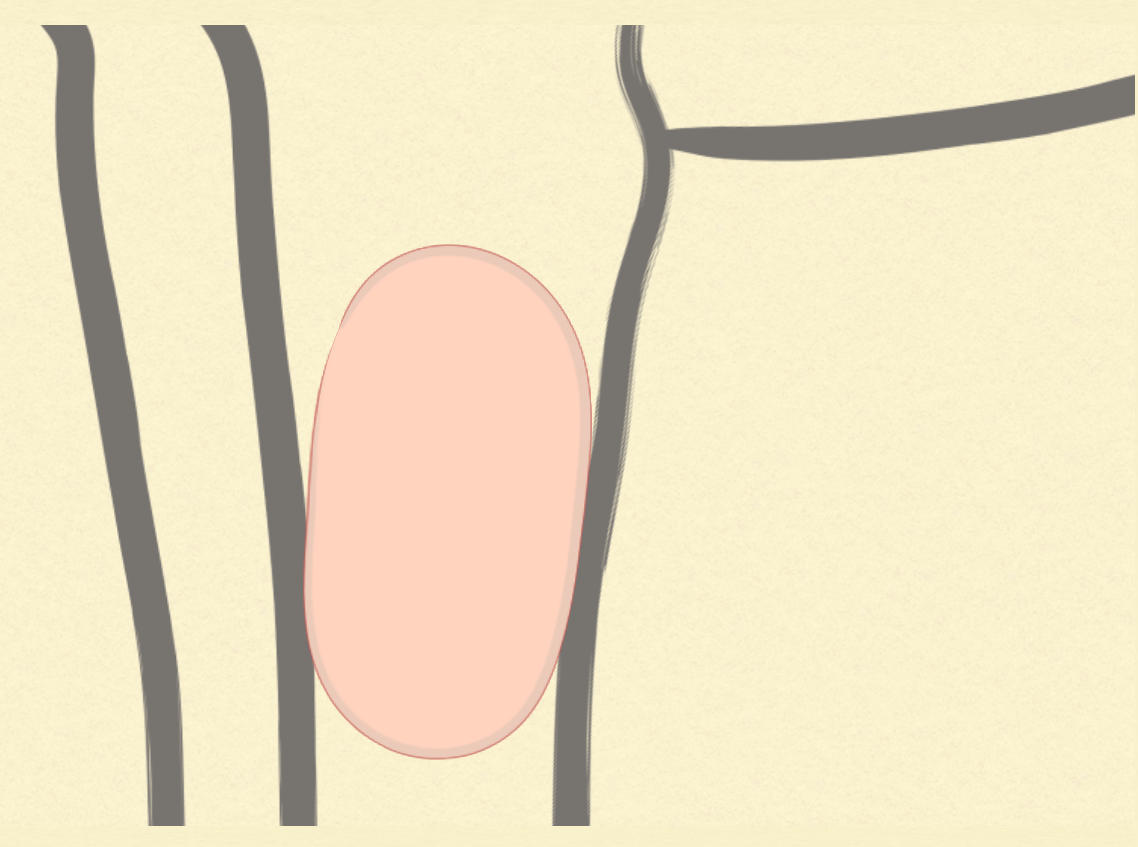
sheet graft

mesh graft
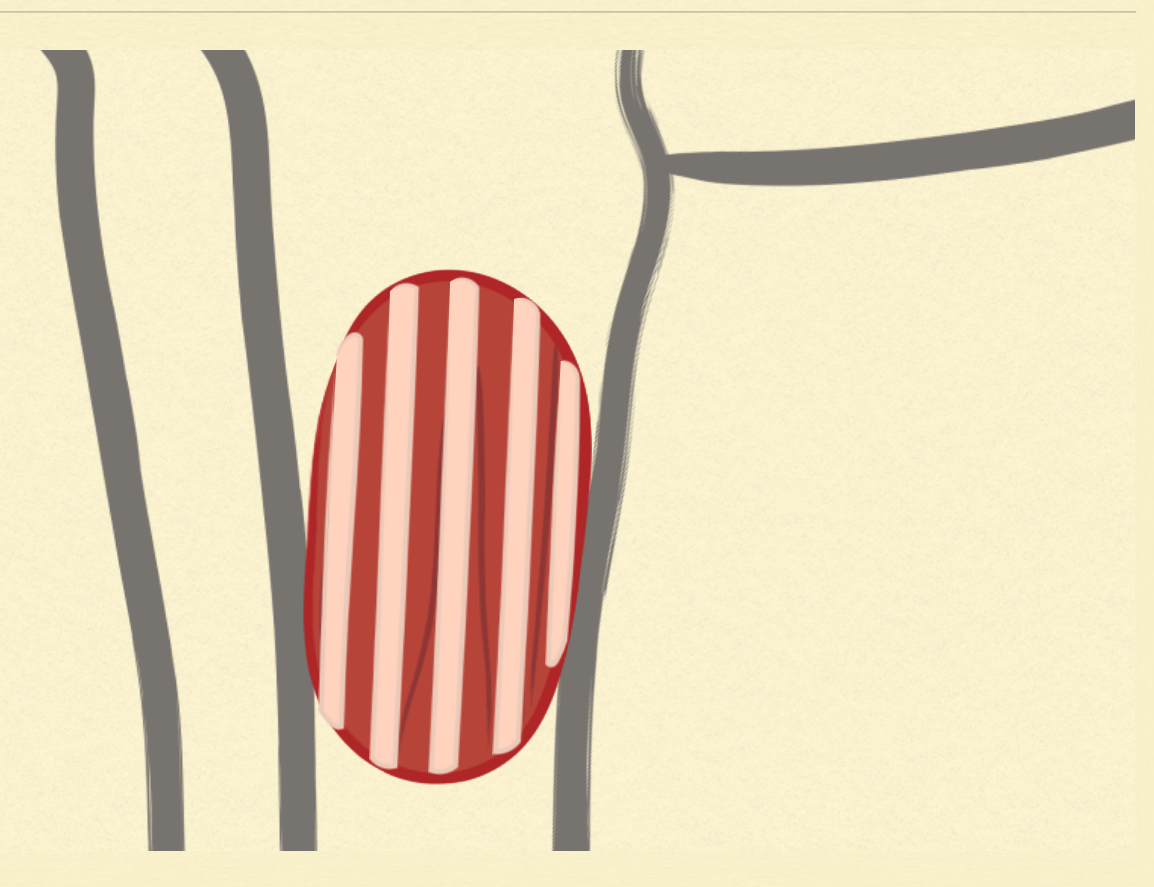
strip graft
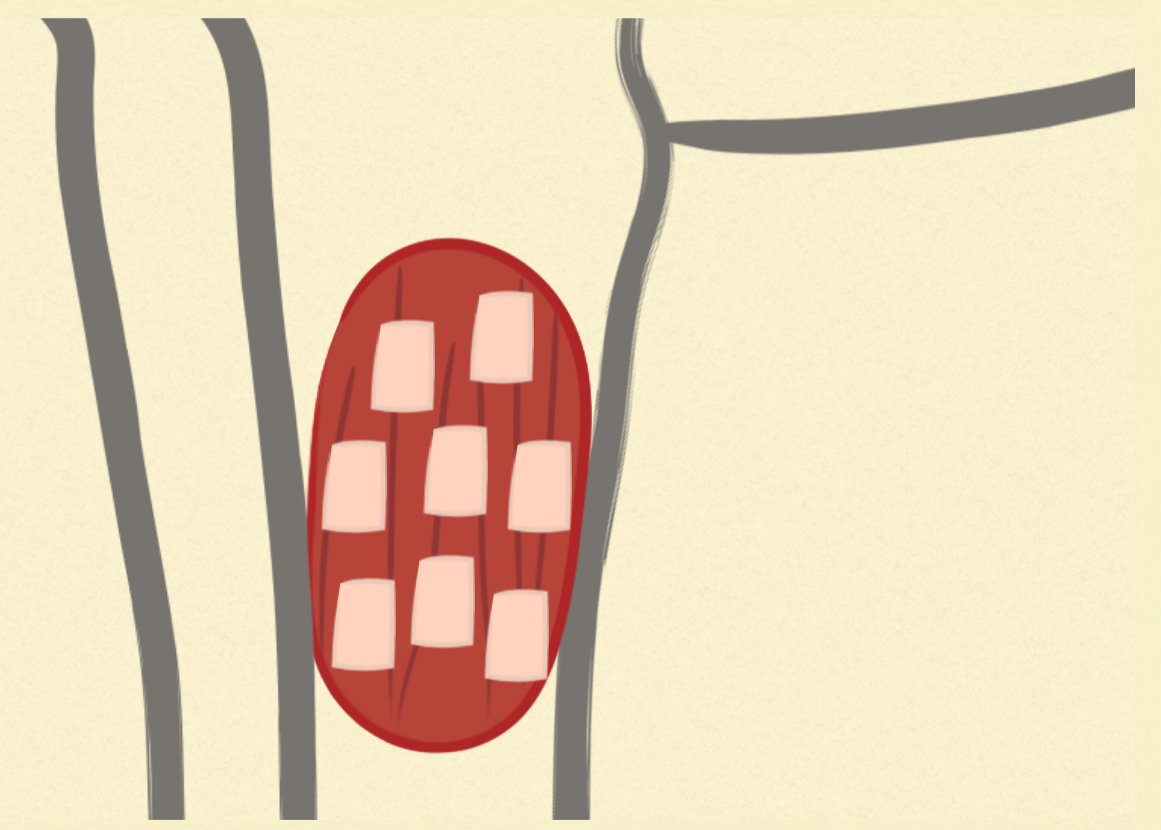
stamp graft
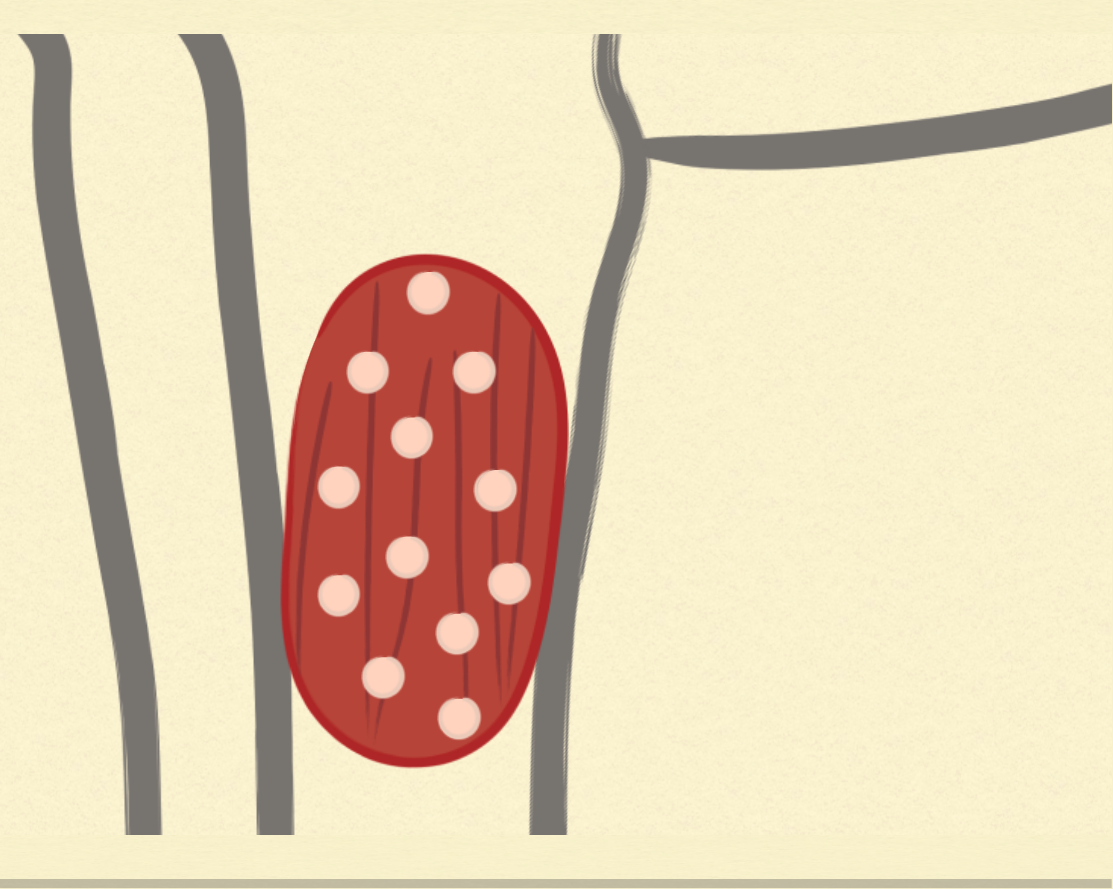
punch graft
how do we manage grafts after placement?
needs to be covered
bandage
splint
non-adherent dressing
negative pressure wound therapy
versatile
improved survival
what is the main things to help grafts take?
maintain contact and make immobile
what causes necrosis/graft failure?
movement
infection
hematoma
seroma
inadequate fat removal
what are the success rate in grafts in cats and dogs?
dogs = 38-100%
cats = 77%
flaps vs grafts
flaps
vascular supply
better cosmesis
range of functions
limited post-op care
grafts
no vascular supply
may have sparse hair
requires immobilization
involved post-op care